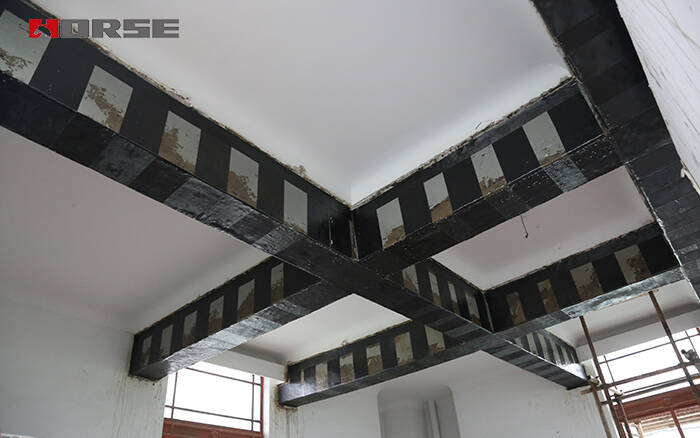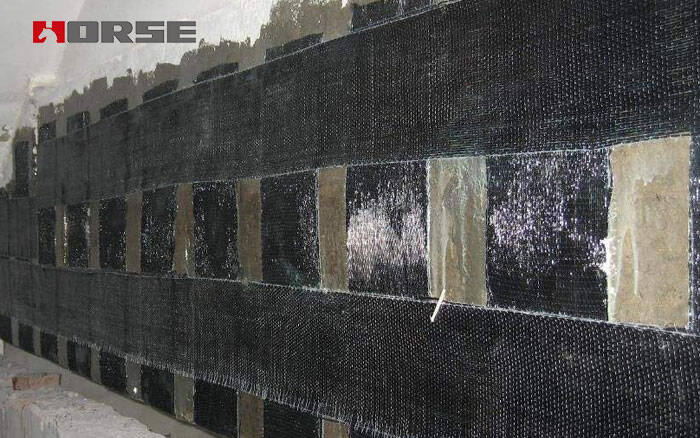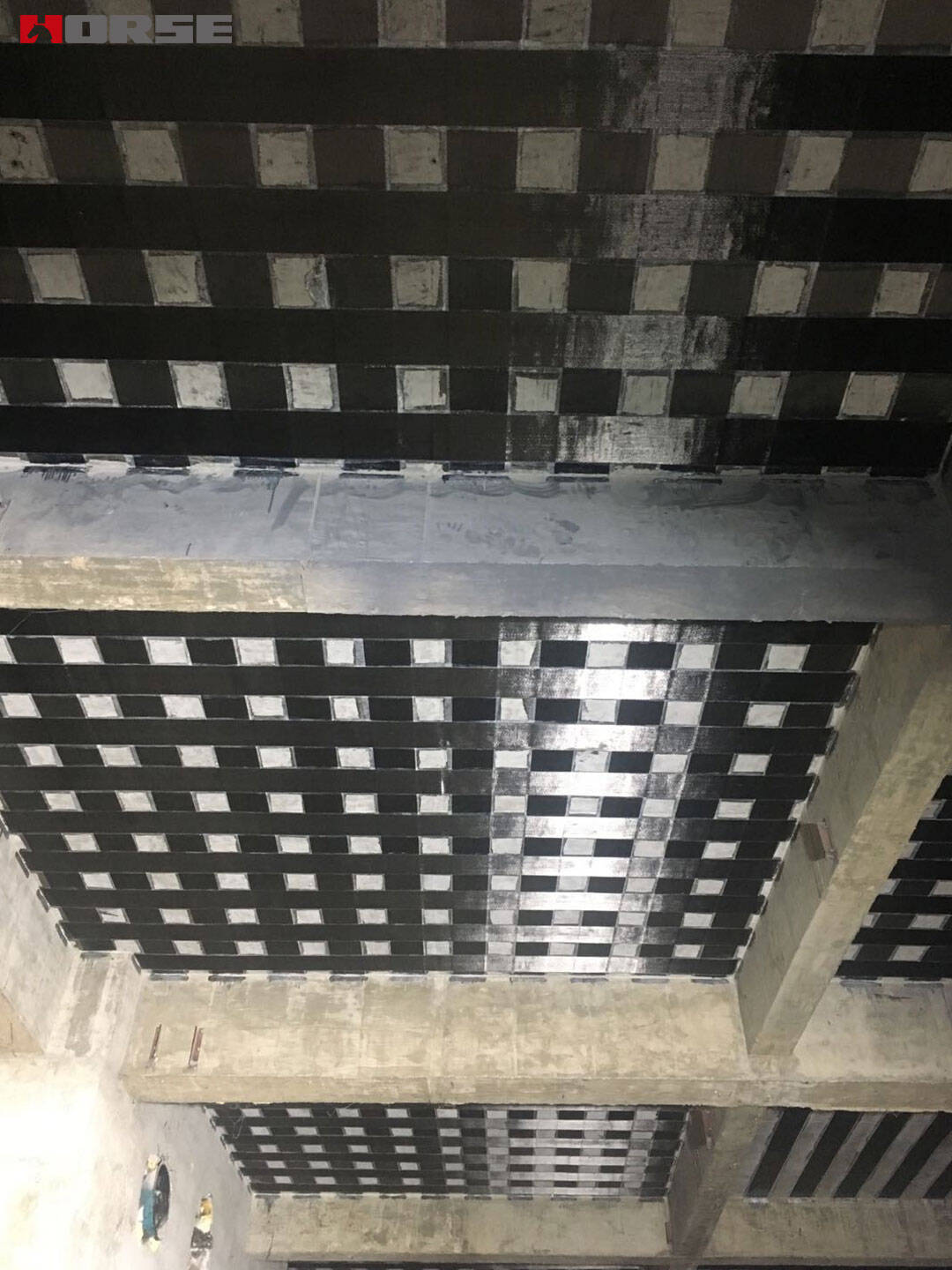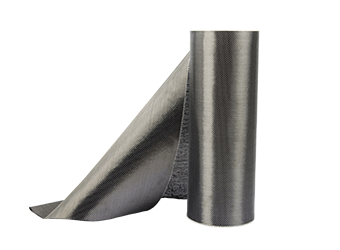Solutions
Horse Construction offers full range of structural strengthening materials with technical supports, documentation supports, products supports, project supports.
The Acceptance Of Carbon Fiber Reinforcement Is Not Up To Standard? It Is Very Likely That The First Step Of Construction Was Wrong!

Among many reinforcement methods, carbon fiber cloth construction is one of the most convenient methods. But the construction is simple, which does not mean that it can be treated casually, especially the first step is often ignored, and finally the reinforcement effect is not up to standard, and the acceptance is not passed.
The first step mentioned here is "surface treatment". It seems to be a very simple step, but it actually contains a lot of details, which must be taken seriously. Otherwise, after the carbon cloth is pasted, it will be too late. So, how to do it?
Reinforced concrete surface treatment
(1) The surface treatment should achieve three purposes: to ensure that the structure body and the fiber cloth are firmly bonded, and to remove rust, decontamination, and purify the aging parts of the concrete surface. Use structural adhesive to repair cracks, fill holes, adjust height differences, and trim sharp corners to ensure that the carbon fiber cloth is bonded to a reliable substrate.
(2) The exposed part of the steel bar must be treated with anti-rust treatment. If the damage is serious, measures should be taken to remedy it.
(3) Crack repair. If the crack is more than 5mm, use high-strength cement mortar for pouring. If the crack width is greater than 0.1mm and less than 5mm, the cracks are filled with structural joint glue, mainly low pressure and slow injection, and polished and smoothed after curing. The crack width is less than 0.1mm, and the surface is sealed with seam sealant.
(4) Surface repair: If there are defects, holes or honeycomb pits on the bonded concrete surface, repair glue should be used.
① Repair of defects or holes. During the construction of the original structure or in the later operation, the structure has missing corners, holes, and honeycomb pits, which must be repaired with repair glue.
②Height difference adjustment. Due to the dislocation of the formwork, the height difference of the concrete surface must be repaired before the fibers are pasted. High-strength mortar can be used in large areas, and repair glue can be used for local parts.
(5) Surface dirt and carbide treatment. Treat the surface to a flat and regular surface without looseness, fragile fragments and dirt by means of disc grinder, sandblasting, high-pressure water washing, etc. Grease dirt should be degreased with neutral detergent, and dust should be removed with a high-pressure air gun. The concrete surface must be fully dry before bonding the fiber cloth.
(6) Corner trimming. In order to prevent the fiber cloth at the inner concave corner from being easily peeled off or pulled up during bonding, repairing glue can be used to repair the corner into a fillet, and the fillet radius R should meet the requirements of the specification.
For prismatic or sharp external lobe structures, the fibers at the sharp corners will have a large stress concentration, which is easy to break the carbon fibers, so it must be treated. The edges and corners can be modified into an arc of radius R with a grinder. Use repair glue for surface modification, and use arc measuring tool to test to ensure that the modified corner radius R meets the requirements of the specifications (special structures are in accordance with relevant specifications).

Primer construction
(1) The purpose of using primer is to strengthen the adhesion between concrete and fiber cloth or repair glue. The primer can be immersed in concrete and increase the surface strength of concrete.
(2) Ambient temperature, humidity and the dryness of the concrete surface affect the bonding performance of the primer. The construction environment temperature should not be lower than 5°C, the humidity should not be higher than 85%, and the moisture content of the concrete surface should be below 10%. .
(3) The amount of glue mixed at one time should not be too much. Generally, it should be used up within 45-60 minutes after preparation. The mixing of glue should be done by low-speed mechanical stirring, which may generate heat during stirring. The stirring time should not be too long, and 3 minutes is appropriate.
(4) Apply the glue evenly with a roller brush. The amount of coating depends on the type of primer and the condition of the concrete surface. The concentration of the primer is low, and the general dosage standard is 0.25-0.3kg/m². The primer should be applied 1-2 times. If the concrete is severely carbonized and the amount of penetration is large, the number of applications should be increased. After confirming that it is dry by touch, proceed to the next process (usually it takes one day to cure).

Repair glue repair concrete
(1) The purpose of using repair glue is to ensure that the construction surface is flat, and there is no bulging of air bubbles between the concrete surface and the fiber cloth.
(2) Repair immediately after the primer is dry to the touch. If the interval is more than 10 days, it must be polished with sandpaper for surface treatment before using the repair glue. In case of honeycomb pitted surface, the repair glue should be fully applied on the concrete surface. The dosage varies according to the surface condition, the general dosage is 0.5~1.5kg/m². Usually curing for 24h, after confirming the curing, continue to the next process. When air bubbles are generated on the surface of the repair adhesive due to the gas inside the concrete, use an angle grinder to grind the air bubbles to level.
You can find anything here you are in need of, have a trust trying on these products, you will find the big difference after that.

High strength, unidirectional carbon fiber wrap pre-saturated to form a carbon fiber reinforced polymer (CFRP) wrap used to strengthen structural concrete elements.

High strength, unidirectional carbon fiber fabric pre-saturated to form a carbon fiber reinforced polymer (CFRP) fabric used to strengthen structural concrete elements.

High strength, unidirectional carbon fiber sheet pre-saturated to form a carbon fiber reinforced polymer (CFRP) sheet used to strengthen structural concrete elements.